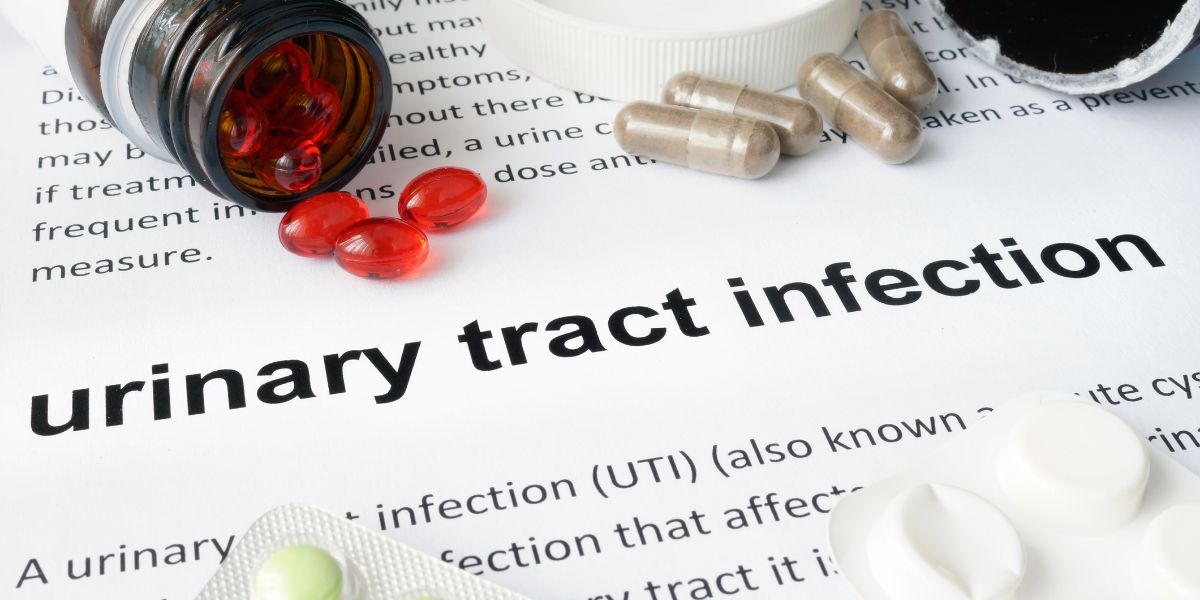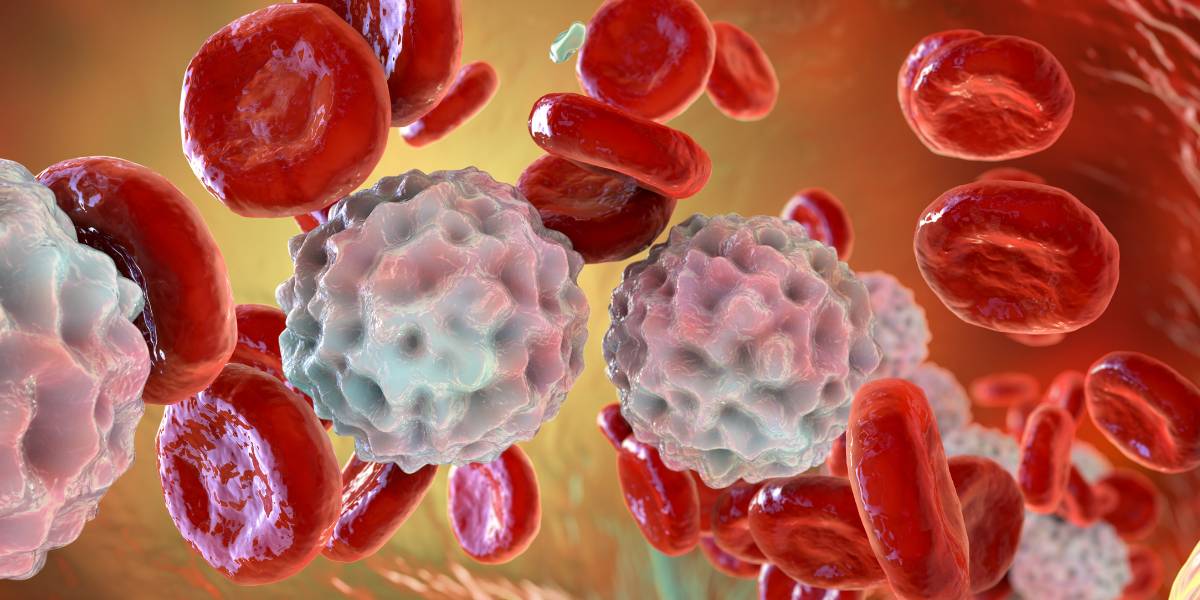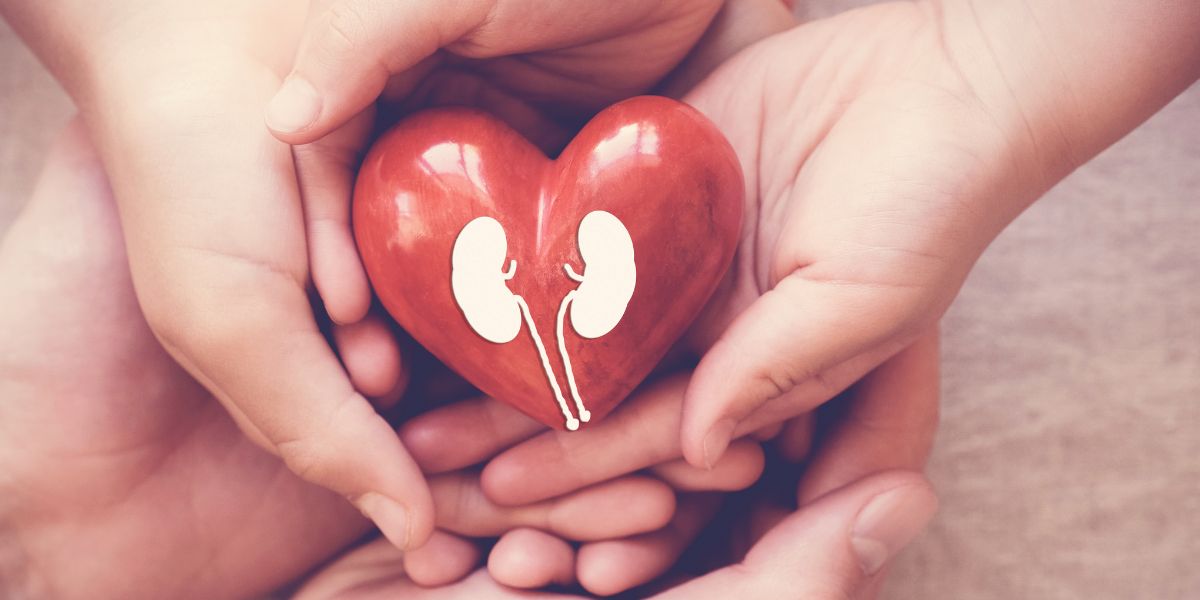A urinary tract infection is a bacterial infection that grows within the urinary tract – anywhere from the kidneys, the ureters, the bladder and through to the urethra.
Urinary tract infections can be a particular problem for people with diabetes as sugar in the urine makes for a fertile breeding ground for bacteria.
This is supported by data from the American Diabetes Association (a report at the 73rd Scientific Sessions of the ADA), which showed 9.4% of people diagnosed with type 2 diabetes had a UTI compared to only 5.7% of people without diabetes. [92]
What are the symptoms of a urinary tract infection?
Urinary tract infections are characterised by two types:
- Lower urinary tract infections or Cystitis – bacterial infection affecting the bladder and the tube that transports urine from your bladder out of your body via the penis or vagina (urethra)
- Upper urinary tract infections or Pyelonephritis – bacterial infection affecting the kidneys and the tubes connecting the kidneys to the bladder (ureters)
Lower urinary tract infection (affecting the bladder and urethra):
- Pain or stinging when passing urine (dysuria)
- Persistent feeling of the need to urinate
- Cloudy and foul-smelling urine
- Strong and bad smell of urine
- Abdominal pan (stomach pain)
- Back pain
- Blood in the urine (hematuria)
Upper urinary tract infection (affecting the kidneys and ureters):
- High temperature / fever
- Constant shivering
- Vomiting
- Diarrhoea
- Back pain
- Pain in your side (flank pain)
How serious are urinary tract infections?
Some people may find themselves particularly prone to UTIs. Upper urinary tract infections (pyelonephritis) are the more serious of the two. In this case the bacteria have managed to reach the tubes connecting the bladder (ureters) to the kidneys. If the bacterial infection reaches the kidneys (acute pyelonephritis) the problem becomes serious and hospital treatment may be needed.
Lower urinary tract infections (cystitis) affect bladder and the pipe from the bladder to the penis or vagina. Whilst less dangerous than upper UTIs, lower UTIs should be treated early to prevent the infection from reaching the ureters.
Treatment for urinary tract infections
Lower urinary tract infections can often be treated by taking antibiotics for a few days. Painkillers may also be taken to treat any associated stomach or back pain.
Upper urinary tract infections may be treated at home or in hospital depending on your condition.
Treatment will involve a longer period of antibiotics, at least a week. The pain can be treated with Paracetemol, however, some painkillers, such as Ibuprofen are not suitable as they can up the risk of damage to the kidneys.
How are urinary tract infections caused?
- UTIs can be caused by a variety of means:
- Infection resulting from sexual intercourse
- Having sex using a condom with spermicide
- Kidney stones
- A weaker immune system (diabetes can be a cause)
- An enlarged prostate gland (men)
- Wiping your bum from back to front (women) – bacteria such as E-coli can be passed from anus to the vulva (outer parts of the vagina) this way
How common are UTIs?
UTIs are sufficiently common that most women are likely to get a urinary infection at some point.
In men, UTIs are much less common, however, in both men and women, diabetes significantly increases the chances of getting an infection.
Can I prevent UTIs from developing?
The following methods may help to lower the risk of urinary tract infection:
- Drink plenty of water
- Keeping your blood sugar under good control
- Drinking cranberry juice (although this may push your sugar levels up)
- Try not to hold off the need to wee
- Going to the toilet after sex
- Making sure you regularly wash your genitals
- In particular, washing your genitals before sex
- Wiping your bum from front to back
If you experience a lot of UTIs, you may wish to avoid the use of spermicides. If you decide to do this, consult your healthcare team to ask about other forms of birth control







